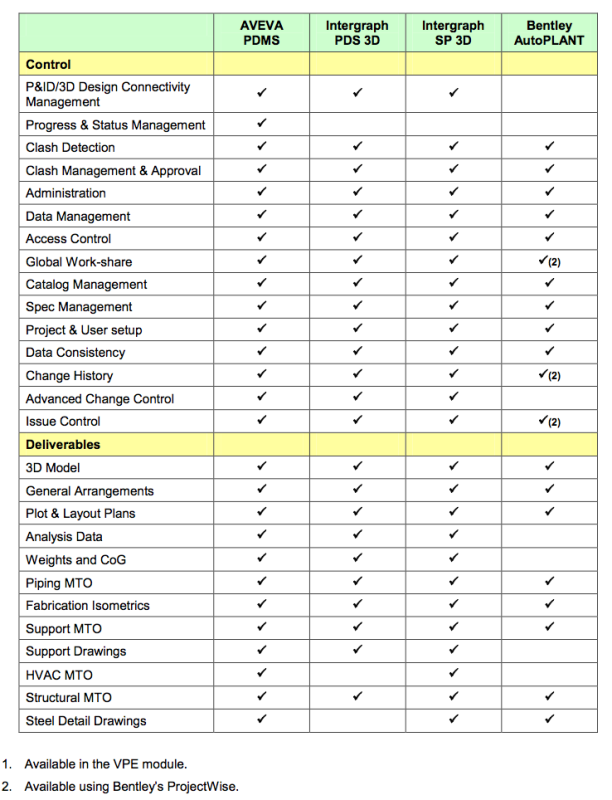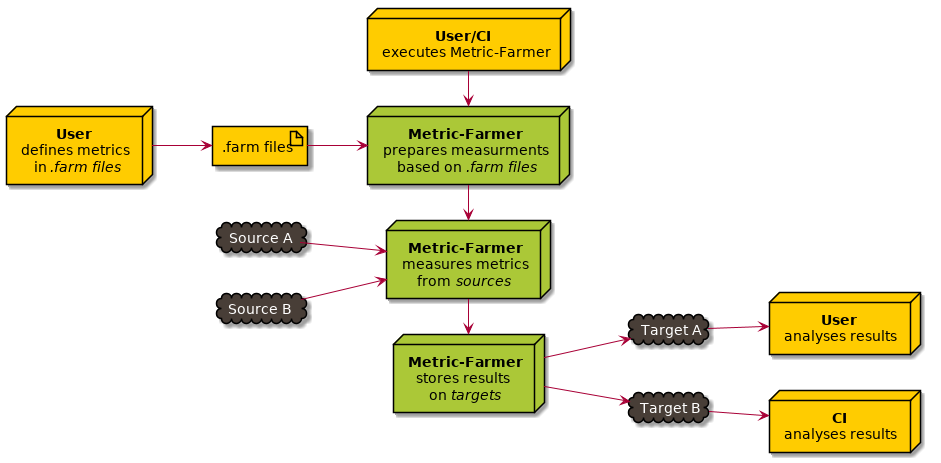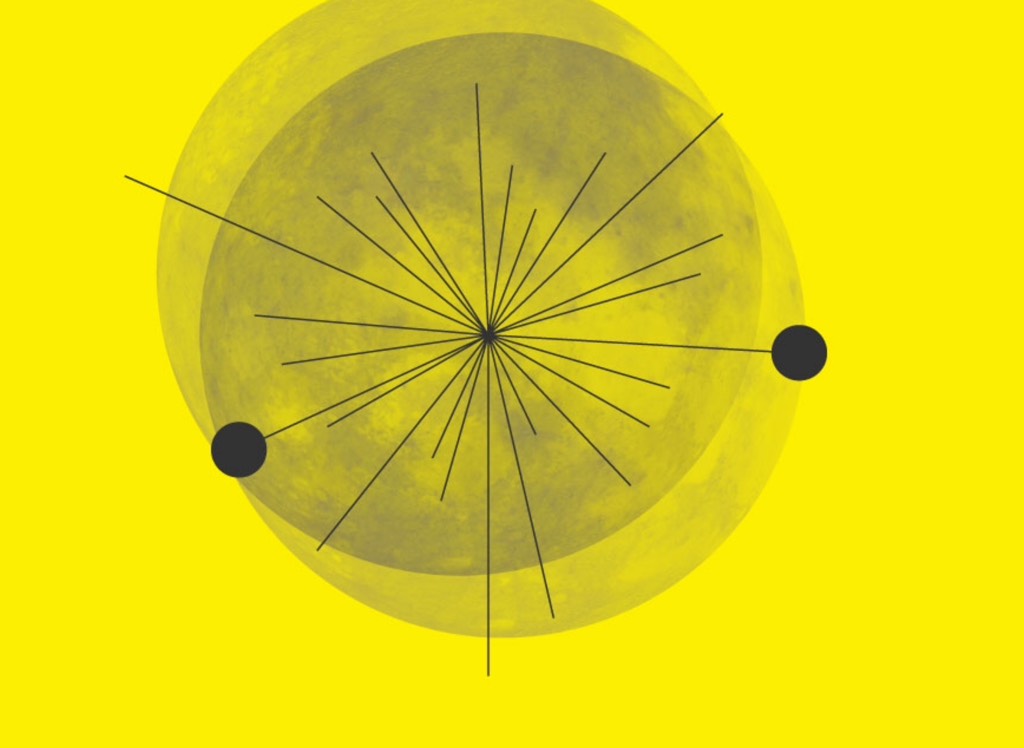
The uptake of nutrients leads to increased extension rates accelerating the hyphal growth. The germination starts with the formation of a germ-tube invading the substrate. Once displaced, the conidium will only germinate, if the fungus faces convenient growth conditions. The dispersal of fungi is ensured by dissemination of asexual spores - so called conidia - that are passively transported in the air. Consistent with our observation in earlier studies the CarO deficient mutant germinated earlier and grew faster than other, CarO expressing strains.

fujikuroi mutants and their respective control strains were analysed with HyphaTracker. Bright-field microscopic images of conidial germination of rhodopsin-deficient F. The efficiency of HyphaTracker was proofed and the accuracy was tested on simulated germlings at different signal-to-noise ratios. Each conidium/hypha is identified and related to its origin, thus allowing subsequent categorization. ROIs originating from germlings crossing other hyphae or the image boundaries are omitted during analysis.
#Imagej software to measure plant growth series#
From the image time series germling related region of interests (ROIs) are extracted, which are analysed for their area, circularity, and timing.

It allows for processing of microscopic acquisitions (movies) of conidial germination starting with drift correction and data reduction prior to germling analysis.

For the time-resolved analysis of conidia germination of the filamentous ascomycete Fusarium fujikuroi we developed a straightforward toolbox implemented in ImageJ. Especially computational analysis tools for the evaluation of the process of early spore germination and germ tube formation are still lacking. The dynamics of early fungal development and its interference with physiological signals and environmental factors is yet poorly understood.


 0 kommentar(er)
0 kommentar(er)
